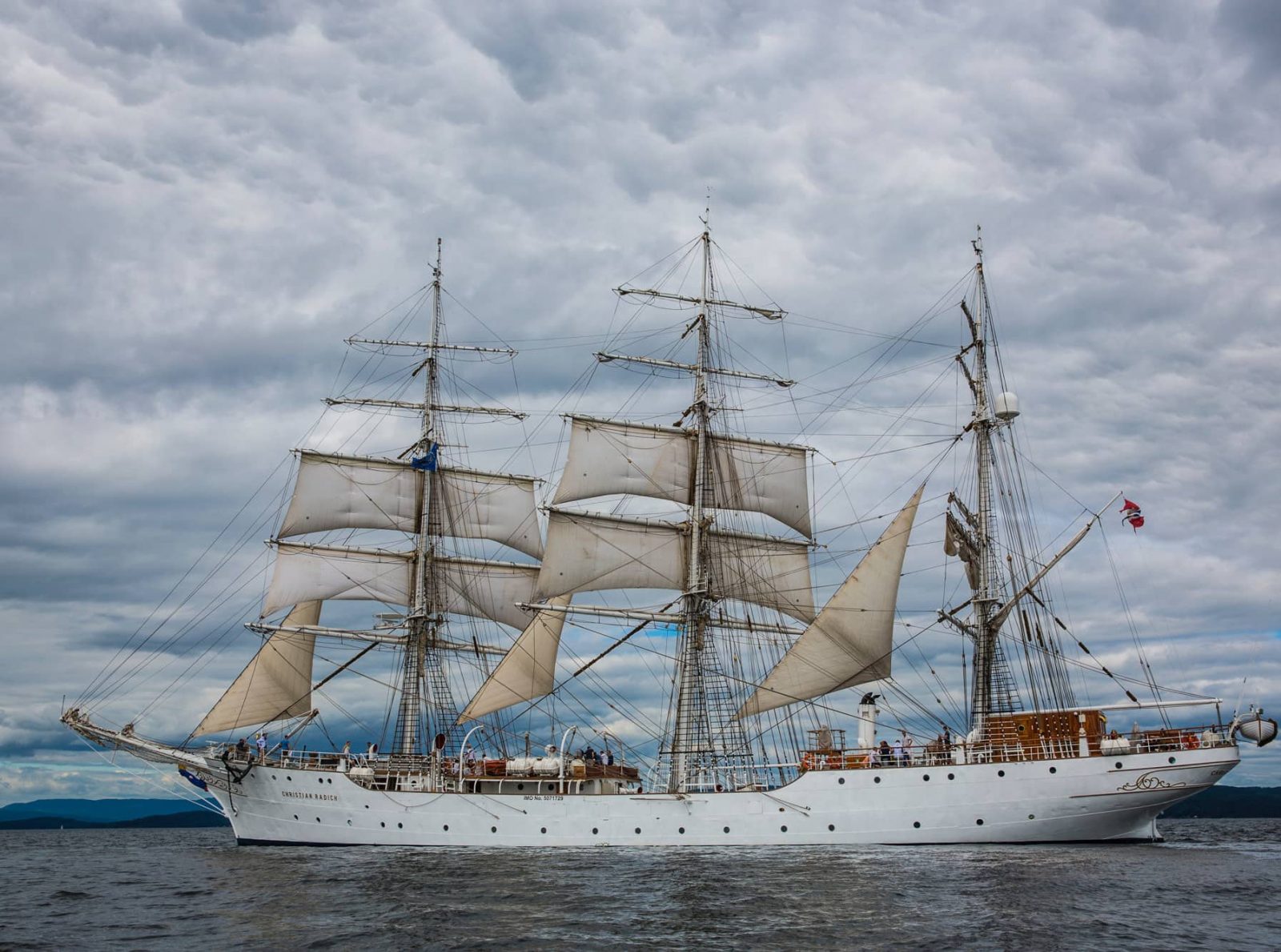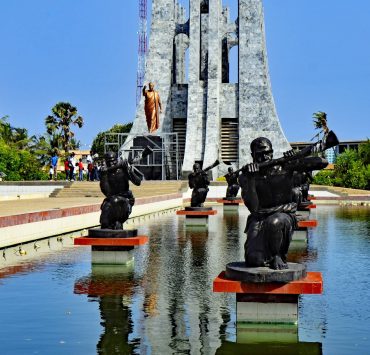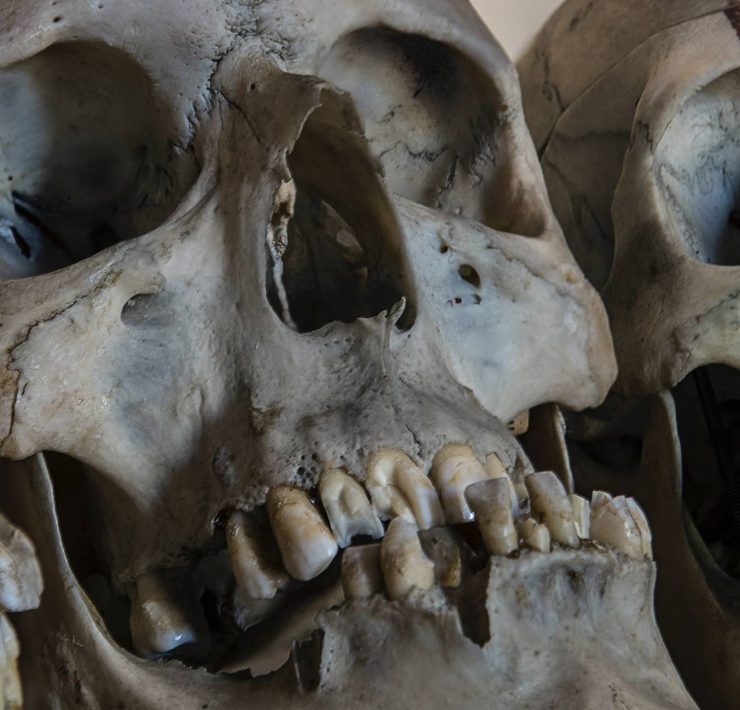HISTORY OF LIES AND FALSE DISCOVERIES IN AFRIKA

Samuel Phillips is a writer, graphic designer, photographer, songwriter, singer…
*Updated 12th October 2023.
Ever wondered how it appears that every popular historic place in Afrika are “discovered” by one white man or the other? I used the word discovered in quotes because for me, it does not make sense that anyone would claim to discover what has already been known by those who have interacted with the very object of discovery. Case in time, what I call the false discovery of the Niger River by Mungo Park amongst many other false discoveries and twisted Afrikan history.

I remember clearly like yesterday how when I was in primary school we used to sing about how Mungo Park discovered the Niger River in our social studies class or so. It was some kind of pride back then as a child to be told that the “almighty” white men discovered the very Niger River that runs through my native country Nigeria. Imagine my awe as a child when crossing the Niger River on the way to the visiting my dad’s village. But now that I am grown and have seen and read of the mischievous attitudes of those who colonized Afrika, and how they plundered our resources and then went ahead to make sure nothing worth mentioning was attributed to the locals who they met when they got here. They destroyed the true history of the Afrikan people, demonized Afrikan creativity and made sure they glorified false discoveries by their so-called explorers.
The truth about Mungo Park’s discovery
I read a book titled: The Fortunes of Africa by Martin Meredith, which talks about ‘A 5,000 -Year History of Wealth, Greed and Endeavour in Africa.’ The particular story of Mungo Park and his adventure to the Niger River caught my attention in the book. The story did not necessarily set the record straight but it gave me a different perspective.
The story began with how, in November 1790, former army officer, major Daniel Houghton was sent from London by the African Association, formed by a small group of prominent public figures in 1788 to promote “the discovery of the interior parts of Africa.” His mission was to find a route inland from the Gambia River to the Niger River and to reach the legendary city of Timbuktu.
In March 1791, Houghton reached the Mandingo kingdom of Wuli and trying to explain the life he found in Africa, he sent a letter to his wife in England marveling at the ease of living there:
Gold, ivory, wax and slaves may at all times be had for the most trifling articles; and a trade, the profit of which would be upwards of eight hundred per cent, can be carried on . . . without the least trouble. You may live here almost for nothing: ten pounds a year would support a whole family with plenty of fowls, sheep, milk, eggs, butter, honey, bullocks, fish and all sorts of game.
Houghton’s luck soon changed. Many of his possessions, including his compass, thermometer, quadrant and firearms, were destroyed in a fire; his interpreter deserted him; he joined the caravan of a slave trader and reached Bambuk but was robbed of more possessions; when the rainy season started, he developed a fever and found it difficult to make progress; in the last recorded note he sent in September 1791, he said he had been robbed once more and deserted by his servants. In 1793, the African Association received reports that he was dead.
Subsequent inquiries suggested that he had died alone and starving, abandoned by a caravan, on the edge of the Sahara desert.
Mr Mungo came to town
Another candidate was hired for the task. Mungo Park, a 24-year-old Scottish doctor who had previously served as a ship’s surgeon on a voyage to Asia, arrived on the coast of the Gambia in June 1795.
On 20 July 1796, six hundred miles from his starting point, as he approached Segu, the capital of Bambara, he caught sight of the Niger. ‘I saw with infinite pleasure the great object of my mission; the long sought for, majestic Niger, glittering in the morning sun, as broad as the Thames at Westminster, and flowing to the eastward.’
Refused permission to cross the river and enter Segu, Park was obliged to observe it from a distance. ‘The view of this extensive city; the numerous canoes upon the river; the crowded population, and the cultivated state of the surrounding country, formed altogether a prospect of civilization and magnificence, which I little expected to find in the bosom of Africa.’
But his own position was perilous. Tired, hungry and in poor health, he was directed to stay in a village on the north bank, but on arriving there he was met with ‘astonishment and fear’. No one there would give him food or shelter. A storm was brewing. Dusk fell. Dejected by the prospect of a hard night ahead, he was sitting beneath a tree when a woman returning from labouring in the fields took him to her family compound, fed him and provided him with a place to rest.
As he lay down to sleep, one of the women in a family group spinning cotton began to tell his story in a song.
The winds roared, and the rains fell.
The poor white man, faint and weary, came and sat under our tree.
He has no mother to bring him milk; no wife to grind his corn.
Other women followed with a chorus.
Let us pity the white man; no mother has he . . .
Upon his return to London in 1797, the African Association was duly appreciative. ‘We have . . . by Mr Park’s means opened a Gate into the Interior of Africa,’ its founder, Joseph Banks, told members.
Eight years later, Park volunteered to try again. His plan this time was to take with him an army escort of thirty soldiers and a team of six carpenters, to follow the same route from the Gambia to the Niger, and then to build boats and to sail downriver until they reached the terminus.
Delayed in starting, Park’s expedition soon encountered difficulty. He was no more than halfway to the Niger in June 1805 when the rains began. Struck down by malaria and dysentery, soldiers and carpenters died along the way. Not until mid-August did Park finally reach the Niger at Bamako. ‘When I reflected that three-fourths of the soldiers had died on their march, and that in addition to our weakly state we had no carpenters to build the boats in which we proposed to prosecute our discoveries; the prospects appeared somewhat gloomy,’ he wrote in his journal.
Nevertheless, he decided to press on. In Segu, the remnant of his expedition fashioned a forty-foot-long barge-like canoe and set off downstream. Wanting to avoid trouble, Park decided not to land anywhere until he reached the end of the river. He sailed straight past Timbuktu and Gao, traversed the great Niger bend, and was heading due south, only 350 miles from the Atlantic coast, when he and his few remaining colleagues perished at the Bussa rapids.
My thoughts
The story of Mungo Park is quite a beautiful one for a 24 year old but a sad one for the way it ended. But since this article is not so much about his life or what he did or did not do, but about the lies told about the discovery of the Niger River, I will share my thoughts using questions.
Firstly, if according to Mungo Park’s own words “‘The view of this extensive city; the numerous canoes upon the river; the crowded population, and the cultivated state of the surrounding country, formed altogether a prospect of civilization and magnificence, which I little expected to find in the bosom of Africa.’ referring to both the Niger River and the civilization around it, how on earth then was he the one that discovered the Niger River, since there was a civilization and a people already established and thriving in trade on the river? For the purpose of fairness, could it be that the record that says that Mungo Park discovered the Niger River was in relation to him “discovering” it for those who sent him from London? But even if that is the case, why is there a general acceptance that he discovered the Niger River as if there was never anyone who had seen the river before he came to Afrika?
And come to think of it, how can you even discover a river that runs through the very backyards of the locals? The river from which they fish for food, get water for drink and even travel on? If a white man claims he discovered it, what about the locals that have lived their lives for generation in that same place?
It reminds me of a recent report by CNN about how a white woman discovered whales and dolphins in the coast of Kenya. When I first saw that report, the first question that came to my mind was “If she said she discovered the whales and dolphins, what about the locals who told her about it and whose boat she used to go see the whales and dolphins?”
And this is 2021…same lies.
What's Your Reaction?
Samuel Phillips is a writer, graphic designer, photographer, songwriter, singer and a lover of God. As an Afrikan content creator, he is passionate about creating a better image and positive narrative about Afrika and Afrikans. He is a true Afrikan who believes that the true potential of Afrika and Afrikans can manifest through God and accurate collaborations between Afrikans. Afrika is the land of kings, emperors, original wisdom, ancient civilizations, great men and women and not some road-side-aid-begging poor third world continent that the world finds joy in undermining.

















